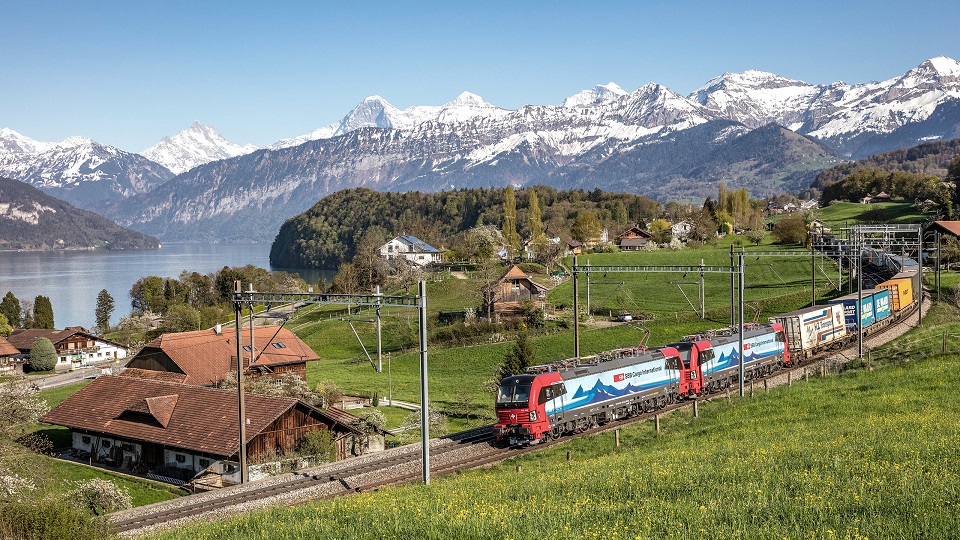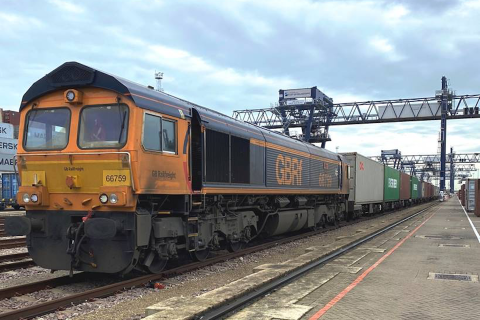Single wagonload in Switzerland: state aid or competition with road?

The Swiss Federal Council submitted two new variants to the framework conditions for freight transport to incentivise rail freight. The first one concerns extensive financial support from the Swiss government for single wagonload traffic. The second variant, on the other hand, renounces financial support and encourages competition that would likely benefit road transport. Consultations for further developments for rail freight will now carry on until 24 February.
First suggestions of this kind were brought forward to the General Assembly by Swiss Federal Councilor Simonetta Sommaruga already in August. On 2 November, the proposal with the two variants was officially submitted, providing more specific information about them.
Both variants contemplate support for Digitally Automatic Coupling (DAC) and were presented at the Council session held on 2 November. The last time that the framework was updated was ten years ago, as the Swiss Federal Office of Transport pointed out in a note. “However, rail freight transport was not able to increase its market share as hoped,” the note continued.
The first variant: state aid for single wagonload traffic
The first variant intends to implement targeted financial support from the Confederation to companies that offer single wagonload traffic services and DAC. Moreover, it includes a plan to finance goods handling equipment as well as a reduction in the price of loading onto the rails.
“The single wagonload traffic offered by SBB Cargo has remained very complex and expensive,” the note from FOT underlined. The measures included in this variant would cost around 600 million euros over four years, period after which according to the FOT, the system would gradually function independently.
The second variant: competition with road transport
The second variant does not include financial support for single wagonload traffic, forcing rail freight services to compete with road transport. Nevertheless, financial support for DAC, goods handling equipment, and the loading price reduction would still be implemented. This measure is significantly cheaper for the government’s pockets since it would cost roughly 120 million euros over four years. This variant has, however, some downsides when it comes to the rail freight industry and Swiss mobility in general.
The FOT in fact believes that this variant, if accepted, would stop single wagonload traffic in favour of road transport, causing an increase of 650,000 trucks per year. In addition, only areas where volumes are bigger, and therefore demand for rail freight can be higher, would enjoy competitive offers. The Office’s predictions claim that the market share of rail freight in Switzerland would drop five to six per cent, even reaching 15 per cent for domestic transport.
Also read:
- Can single wagonload traffic be profitable in Switzerland?
- What is the future for single wagonload traffic in Switzerland?
- Commission injects nearly half a billion into French single wagonload transport
You just read one of our premium articles free of charge
Want full access? Take advantage of our exclusive offer




